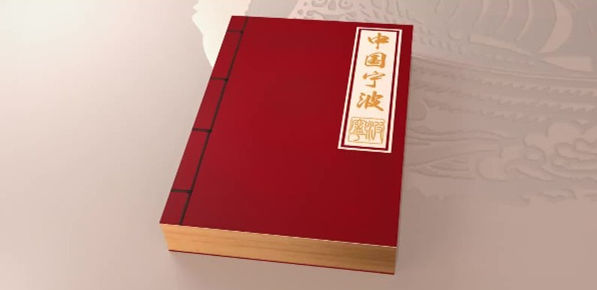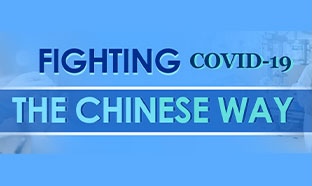Ballads
What's more, another two kinds of ballads, namely, Deng Diao (lantern tunes) and Lian Hua (Lotus Flower) also prevailed in Zhejiang in the Tang and Song Dynasties. According to The West Lake Sightseeing Annal, the Lantern Festival in Hangzhou was a grand occasion ever since the Tang Dynasty. According to Hangzhou Prefecture Annal, about five days around the Lantern Festival, the whole city was decorated with lanterns and colorful silk streamers. Drum beats and music were sonorous all day long. Dozens of folk dancing teams came out in the dusk and jostled each other in the long line. Many dancing teams came from the outskirts of towns and cities. This showed that Lian Hua Luo of Zhejiang was popular not only in cities and towns, but also in the vast rural areas.
Pop Tunes and Songs in the Ming and Qing Dynasties
In the Ming and Qing Dynasties, Zhejiang pop tunes and songs reached their peak, most of which could be found the Sequel of Ni Shang compiled in 1795 and Tracing Sound of the White Snow compiled in early 19th century.
Development and Achievements after Liberation
After liberation, the music staff in Zhejiang collected more than three thousand songs, and compiled them into three ballad collections, namely, The Selection of Zhejiang Ballads, The Selection of Zhejiang New Ballads in 30s and The Collection of Chinese Ballads-Zhejiang Volume, which laid a solid foundation for artistic works. A great variety of music festivals or contests held after liberation further boosted the musical appreciation level of the people. It was also in these activities that lots of talented singers like Shen Shaoquan and Hu Xiao'e were discovered and cultivated.



 Print
Print Mail
Mail
